In honour of IKEA founder Ingvar Kamprad, who passed away in January 2018 at the age of 91, we’re looking back at 12 innovations from the Swedish furniture retailer that changed the world.

IKEA’s Vision
Ingvar Kamprad founded IKEA back in 1943 when he was just 18 years old, beginning a retail legacy that revolutionized product design while bringing stylish, contemporary (and affordable) home furnishings to the masses. As that legacy continues to flourish and mold the future, take a look at the many ways that IKEA has shaped the way we live.
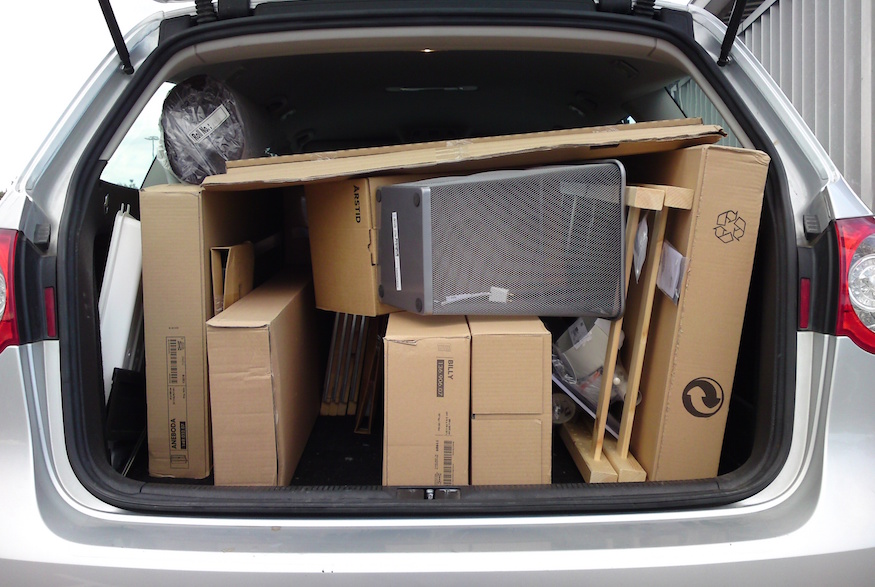
Flat Pack
IKEA’s earliest innovation was the development of flat-packing furniture for home assembly. According to IKEA lore, the Lövet side table became the company’s first flat-packed product back in 1956 when its designer, Gillis Lundgren, sawed the legs off the table so it could fit into his car. By selling furniture unassembled, consumers could bring the products home with them on the day of purchase instead of waiting for (and paying extra for) home delivery. An IKEA innovation was born!
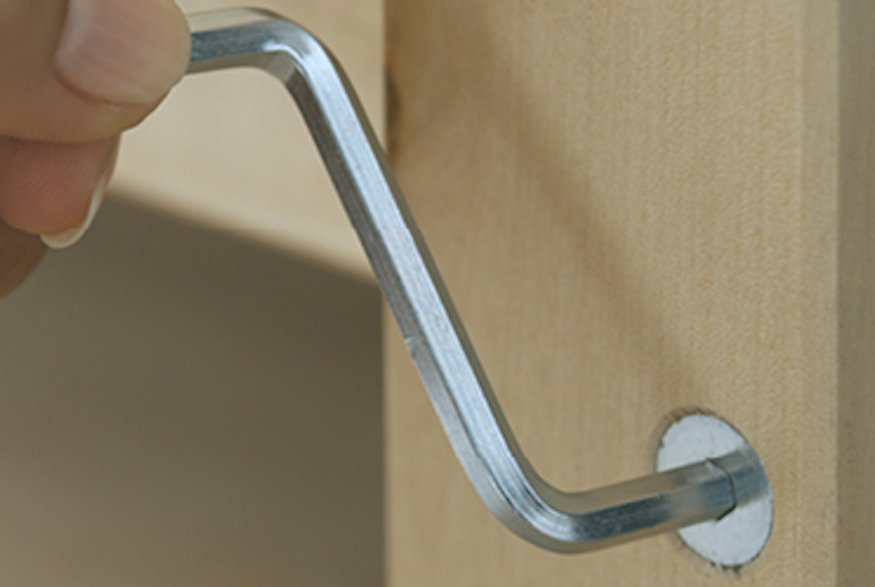
Self-Assembly
Selling furniture packed in flat cardboard boxes was definitely convenient, but the only way the concept could actually work is if assembling the furniture could be done by non-carpenters, which required designing pieces that could be easily assembled with minimal tools by even the least-handy of people. As a result, most IKEA furniture was created to be easily put together with little more than an Allen key.
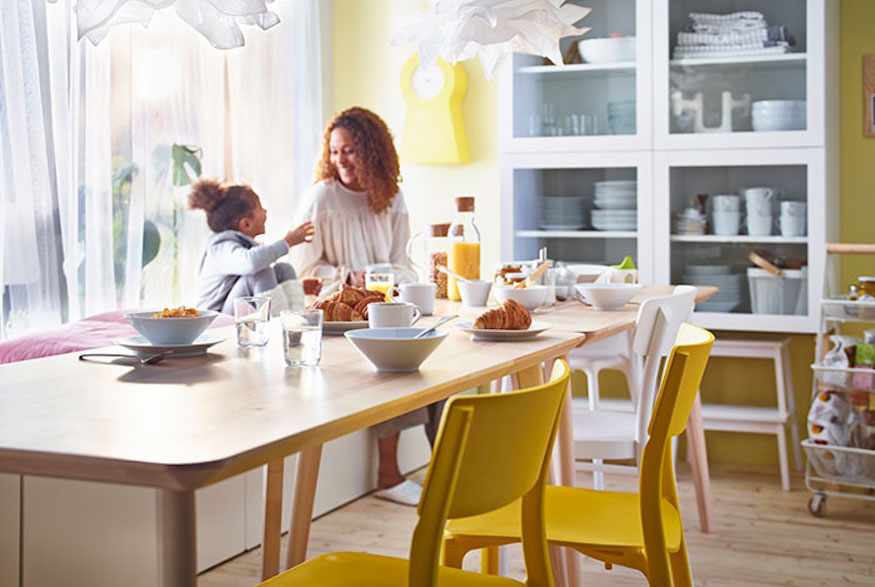
The IKEA Effect
Whether unanticipated or by design, one of the side effects of having customers assemble furniture themselves came to be known as “the IKEA effect,” a psychological phenomenon in which people tend to think more favourably of something when they contribute their own physical efforts toward its creation. According to this phenomenon, consumers “fall in love with their IKEA creations. Even when there are parts missing and the items are incorrectly built, customers… still loved the fruits of their labours.”

Warehouse Shopping
Before IKEA, North Americans living in urban areas largely purchased furniture from department stores or specialty furniture stores. IKEA changed the game by creating a carefully designed, maze-like array of showrooms that ultimately lead to a huge warehouse area where consumers can pick up the items they choose. Not only did this cut down on IKEA overhead costs, it also allowed consumers the convenience of grabbing their furniture and bringing it home immediately.
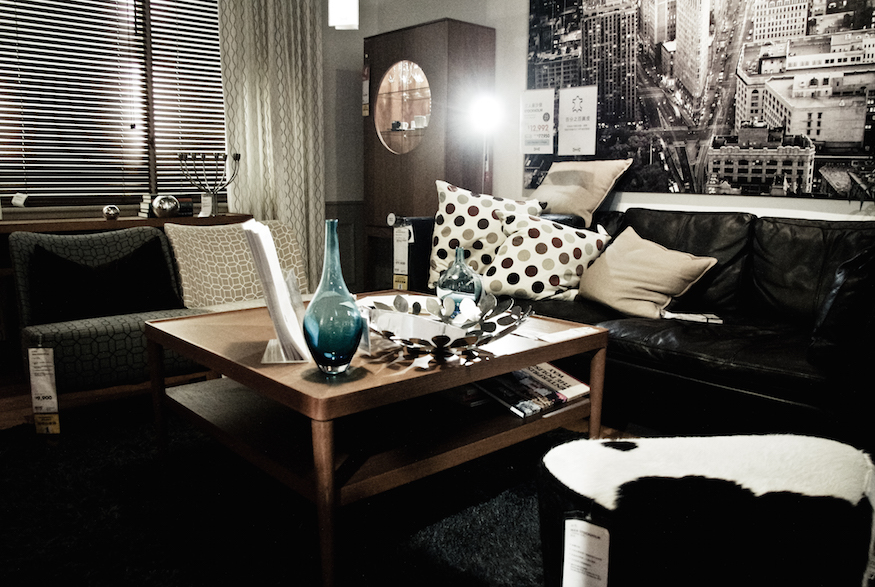
The Small Space Revolution
IKEA proved to be a godsend for young city dwellers, offering inexpensive-yet-stylish furnishings that were ideal for small spaces. As a result, IKEA predicted – and possibly contributed to – the growing urban trend toward making the most of smaller areas.
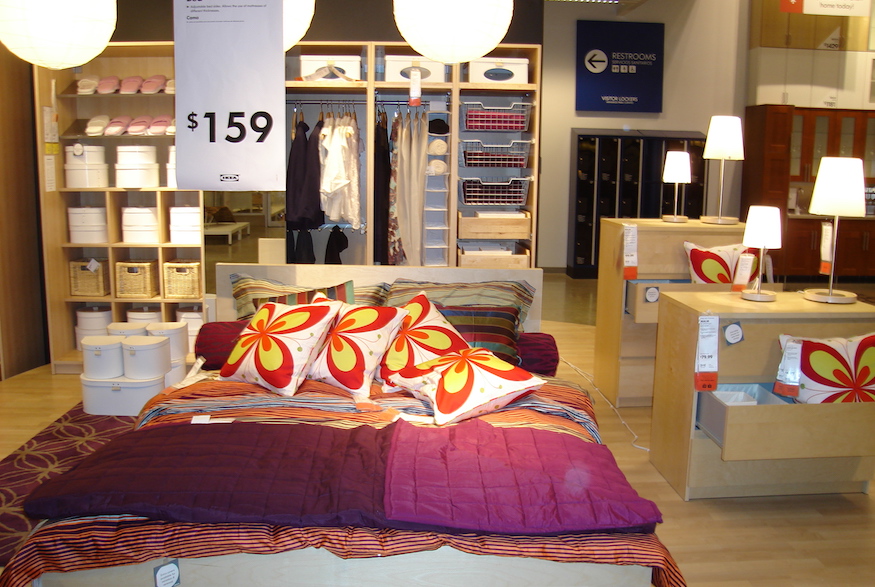
A Shopping Experience
IKEA’s showrooms raised the bar for other retailers. Prior to IKEA, a store would simply place a piece of furniture on the store floor, but IKEA went the extra mile to create a fully-formed look, displaying its furnishings in a faux home setting that took all the guesswork out of how a piece would look in one’s home. By complementing furnishings with other IKEA products – all of which can be found in the store – the company also encouraged consumers to get all their home furnishings, creating the concept of a one-stop shop for all your home furnishing needs.
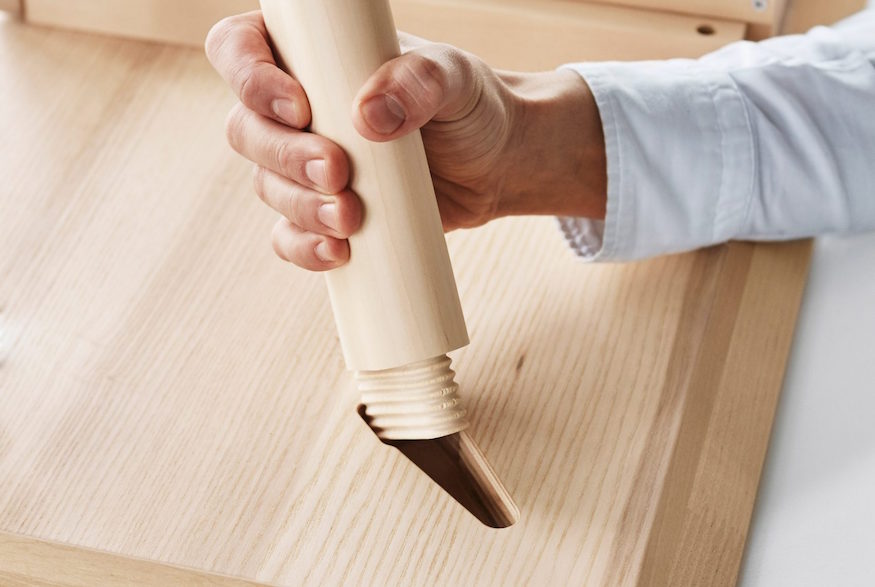
Snap!
In recent years, IKEA has been making strides toward making self-assembly even easier with new pieces that ditch the Allen key entirely with furniture utilizing special tongue-and-groove designs that simply snap together.
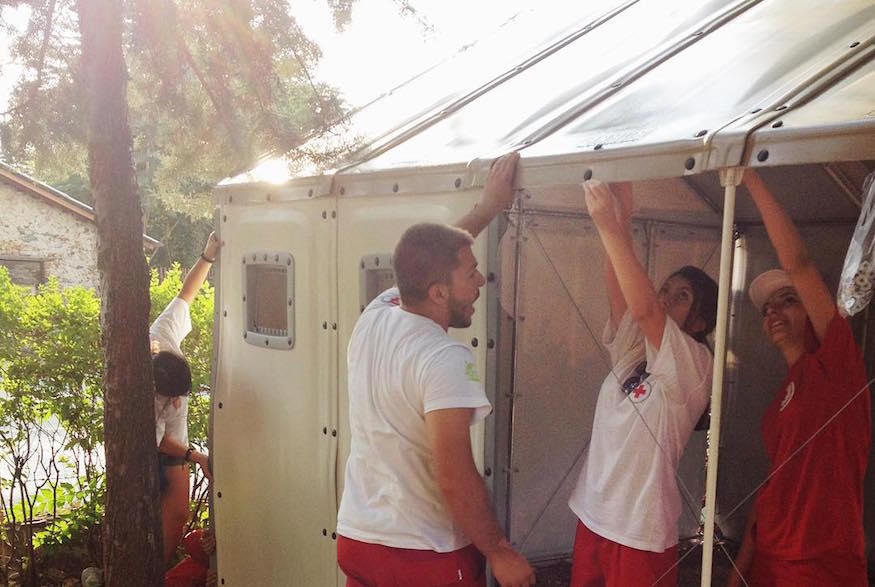
Refugee Shelters
In 2013, IKEA’s charitable foundation announced it was working hand-in-hand with the UN Refugee Agency to design easy-to-assemble, portable and inexpensive shelters that could be used to house refugees. While typical refugee shelters need to be replaced within six months, IKEA’s shelters were designed to last three years, with the shed-like structures made of lightweight and durable polymer panels, laminated with thermal insulation, easily clipping onto a steel frame. In addition, IKEA’s shelters are about twice the size of traditional refugee shelters, with each able to accommodate up to five people.

Smart Products
Thanks to IKEA’s famed research lab, the Swedish retailer has been on the forefront when it comes to developing “smart” products to unleash the power of the Internet within our homes. The result is IKEA’s Home Smart program, which already includes a range of smart lighting products (controlled with a phone or tablet app) and wireless charging devices, with many more smart products to come down the pipeline.
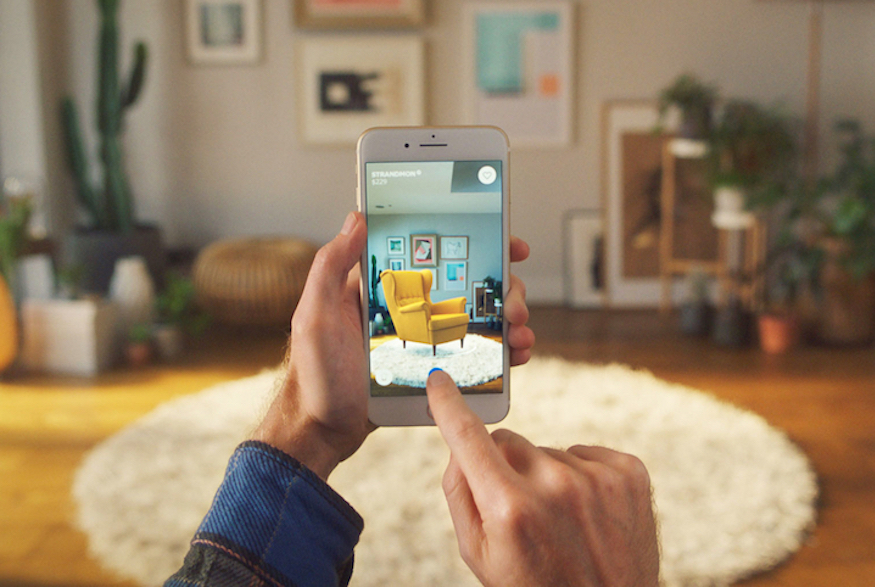
VR App
A recent IKEA game-changer is IKEA Place, a new app utilizing virtual-reality (VR) technology that allows consumers to virtually “place” a piece of IKEA furniture within a room in their homes, providing an actual look at how well that furniture will work within that space – no lifting or moving required!

Utopian Living
Since IKEA has shaped the way we live for decades now, it shouldn’t be surprising that the company has taken the next step by creating an IKEA-style “village” in which we can live. In 2012, IKEA broke ground on an urban development in London (formerly a blighted area of the city) is now IKEA’s version of Utopian living. The goal, says the company, is to create a new development that provides a seamless fit with the rest of the city, “where mews-style townhouses sit comfortably alongside creative commercial space. Where beautiful public courtyards open up to piazzas. And waterways weave their way around hotels, restaurants, parks, water taxi piers and cycle paths.”

Meatballs!
IKEA enhanced the overall shopping experience with its signature restaurants within each store, offering its now-iconic Swedish meatballs and introducing the world to the sublime joy of lingonberries. By taking things even further, offering an array of Swedish food (cheese, crackers, desserts, etc.), IKEA brought Swedish cuisine to the rest of the world – one lingonberry at a time.
HGTV your inbox.
By clicking "SIGN UP” you agree to receive emails from HGTV and accept Corus' Terms of Use and Corus' Privacy Policy.




